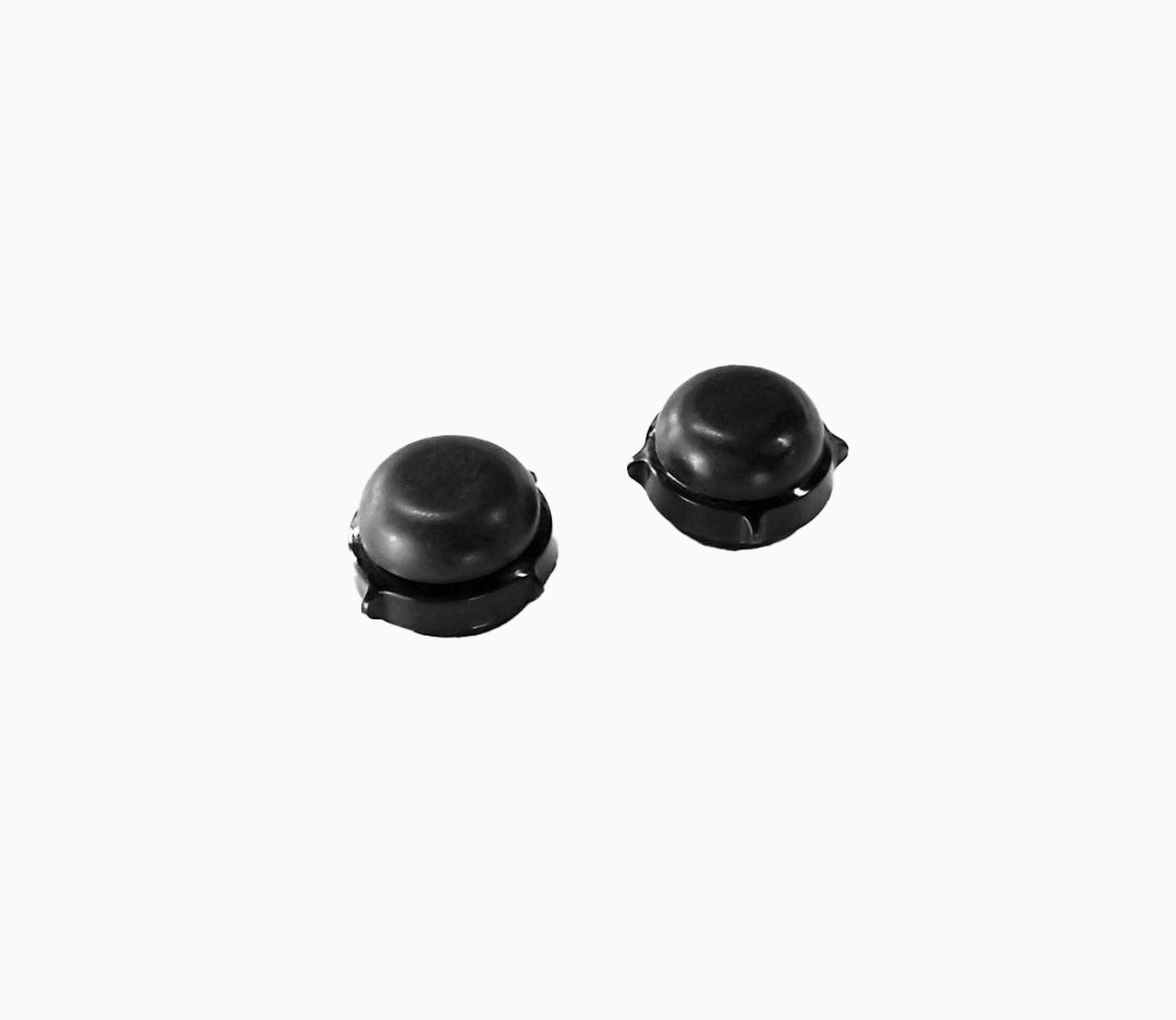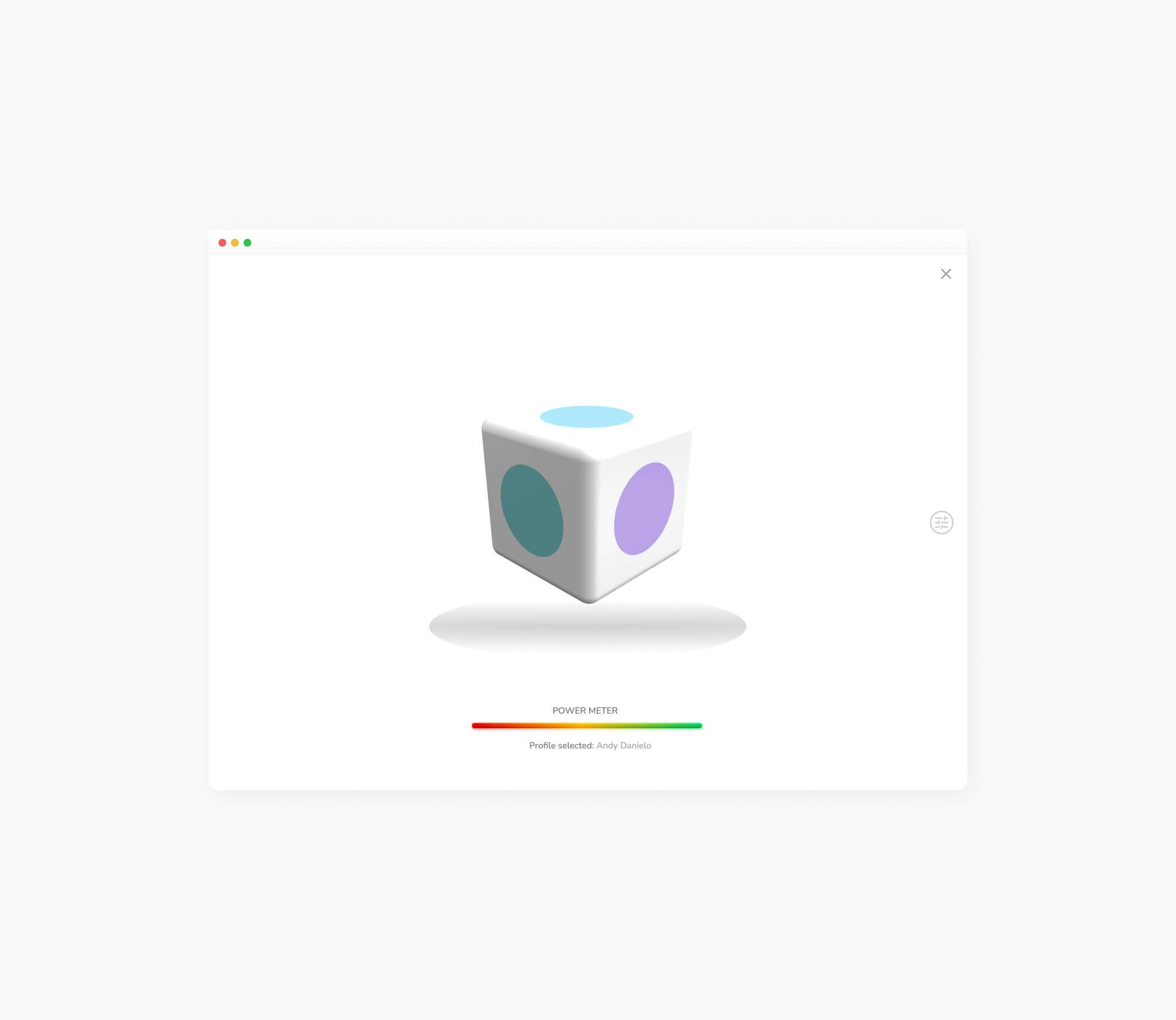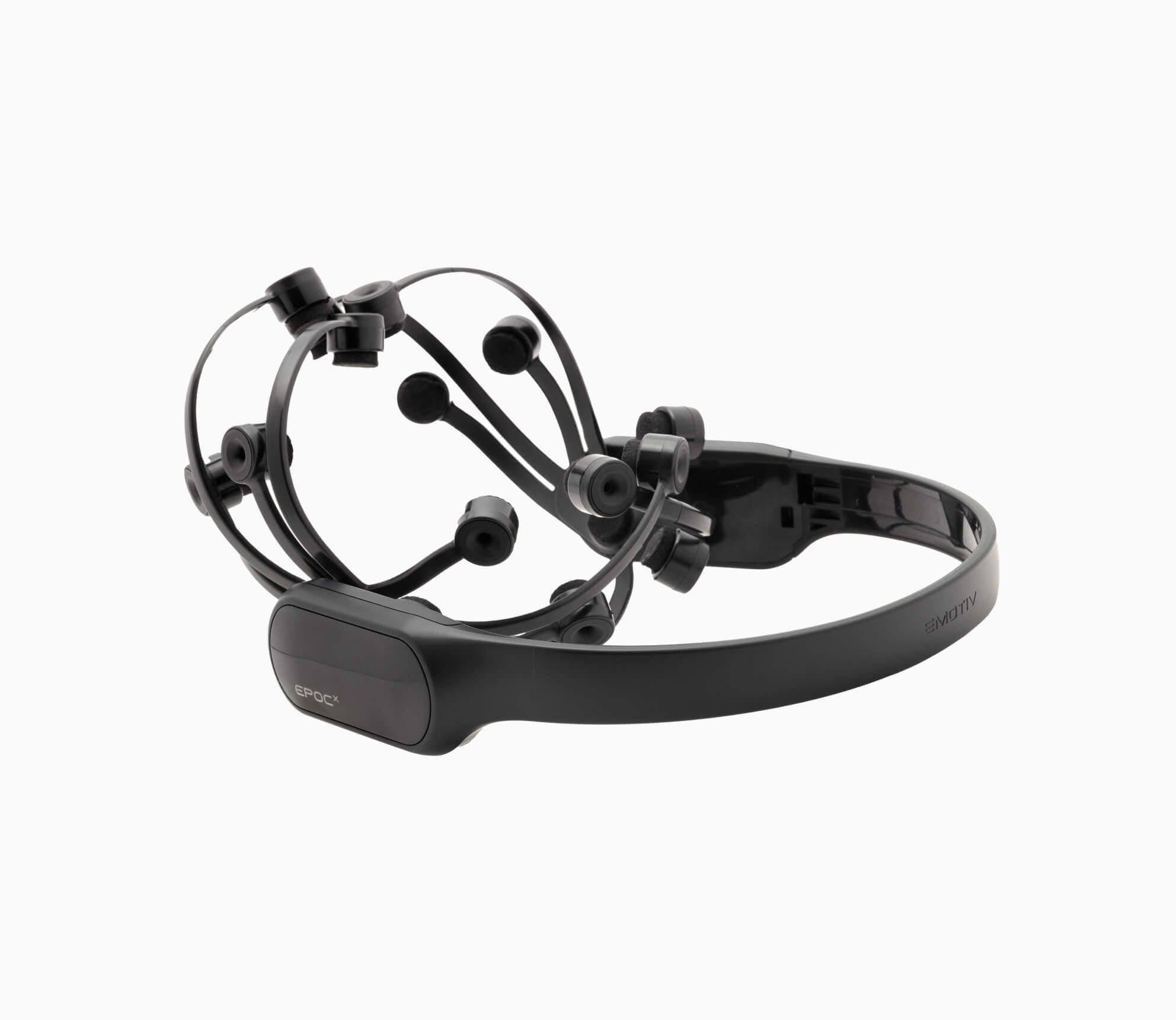EEG Monitoring
Electroencephalographic monitoring is a diagnostic tool used to gather and compare brain waves data to other data points. Data such as video or EEG measures taken over a period of time can be synchronized. This process can be used in diagnosing and monitoring epilepsy or monitoring shared behavioral and brain dynamics. It can also be used to understand sleep disorders, cerebrovascular disease, psychiatric conditions, and movement disorders. It is also used in intensive care, operating and emergency departments of health care institutions.

EEG Monitoring FAQ’s
What is EEG Monitoring?
Electroencephalographic (EEG) monitoring is a process where standard EEG data or an EEG recording are synchronized with data of different natures (movement, heartbeat, eye-tracking, facial expressions, video, etc.) to diagnose and understand certain disorders or healing processes. Some types of EEG monitoring include EEG with video monitoring and long-term EEG monitoring. EEG monitoring is used for seizure detection and understanding sleep disorders. Intensive care unit (ICU) EEG monitoring is used in hospitals, and EEG monitoring is used in operating and emergency departments.
What Does an EEG Monitor?
Electroencephalography (EEG) headsets detect electrical brain waves through electrodes placed in an array along the patient’s scalp. Medical and neuroscience researchers have established what normal brain activity looks like. Patients with epileptic seizures, sleep disorders and other disturbances display abnormal activity on the monitor of an EEG. EEG monitoring is used to detect the activity required to make or confirm a diagnosis.
What is Video EEG Monitoring?
Video EEG monitoring pairs EEG data with a video recording of the disorder or healing process, referred to as “clinical manifestations.” Extended EEG monitoring paired with video recording assists with diagnosing and monitoring patients with epilepsy, sleep-deprivation and other sleep disorders. Most of these data-gathering processes are inpatient EEG monitoring, owing to the costly nature of the required equipment.
What is Long Term EEG Monitoring?
Long-term EEG monitoring (LTM) is extended EEG monitoring which evaluates brain activity for a diagnosis. Long-term video EEG monitoring is considered the “gold standard” diagnostic test to identify epileptic seizures as the disorder. The purpose of LTM is to expand the limited time sampling associated with shorter “routine” EEG recording, which may only provide a 20 to 40-minute sample of brain activity. Both EEG monitoring in a health care institution and ambulatory EEG are used for LTM.
What is Ambulatory EEG Monitoring?
Ambulatory EEG monitoring, or mobile EEG monitoring, allows patients to conduct long-term EEG monitoring without being restricted to a hospital or health care setting. A 24-hour video EEG monitoring, 48-hour EEG monitoring, and even 72-hour periods are used to diagnose patients. Patients are equipped with portable EEG sensors and a data recorder such as a smartphone, which can be carried hands-free.
What is Continuous EEG Monitoring?
Continuous EEG monitoring (cEEG) is used in intensive care units to monitor brain waves in comatose and critically ill patients. An EEG monitoring device is placed on the patient to provide ongoing data about the patient’s brain waves. Status epilepticus, cerebral ischemia, disorders of consciousness, and cardiac arrest are all issues that can be detected through cEEG. In particular, nonconvulsive status epilepticus (NCSE) has no clinically apparent manifestation, such as convulsion to aid in detection. cEEG has been shown in clinical trials to assist ICU monitors with detecting NCSE through the altered EEG change.
What is EEG Extended Monitoring?
Extended EEG monitoring evaluates brain activity for a diagnosis. Extended EEG monitoring with video is considered the “gold standard” diagnostic test to identify epileptic seizures. The purpose of this process is to expand the limited time sampling associated with shorter “routine” EEG recording, which may only provide a 20 to 40-minute sample recording of brain activity. Both EEG monitoring in a health care institution and ambulatory EEG are used.
What is EEG Monitoring for Seizures?
Various types of EEG monitoring are used to diagnose and understand seizures or prescribe antiepileptic drugs or epilepsy surgery. Video EEG monitoring pairs EEG test data with a video recording of the seizure’s clinical and behavioral manifestations. Long-term EEG monitoring expands the limited time sampling associated with a “routine” EEG recording, which may only provide a 20 to a 40-minute sample of brain activity. Ambulatory EEG monitoring allows patients to conduct long term EEG monitoring without being restricted to a hospital or health care setting. Continuous EEG monitoring (cEEG) is used in intensive care units to monitor brain waves in comatose and critically ill patients.
How to Read an EEG Monitor?
Electroencephalography (EEG) is a sensitive means to capture brain activity. Signals not made by the brain, known as artifacts, can interfere with capturing brain wave data. Artifacts can include electrical interference and electrode displacement, or muscle and eye movements. Any of these non-brain signals can interfere with data capture and quality. Medical researchers have established a normal baseline for healthy brain activity. An EEG time series that shows variations from that normal baseline can indicate problems, such as epilepsy or another disorder.
Does EMOTIV offer EEG Monitoring Solutions?
EMOTIV’s solutions have been proven in studies and clinical literature for neuroscience, workplace wellness and safety, cognitive performance, neuromarketing, and brain-controlled technology applications.
EMOTIV offers three different headsets which can be used for EEG monitoring:
The EMOTIV EPOC X EEG headset provides professional-grade brain data for academic research within biometrics research and commercial use. The EMOTIV Insight headset boasts minimal set-up time and electronics optimized to produce clean signals from anywhere, making it ideal for performance and wellness tracking. The EMOTIV EPOC FLEX cap offers high-density coverage and movable electroencephalogram sensors optimal for research professionals. EmotivPRO is an integrated brain research software solution for neuroscience research and education, built for EPOC X, EPOC Flex, and Insight headsets.




